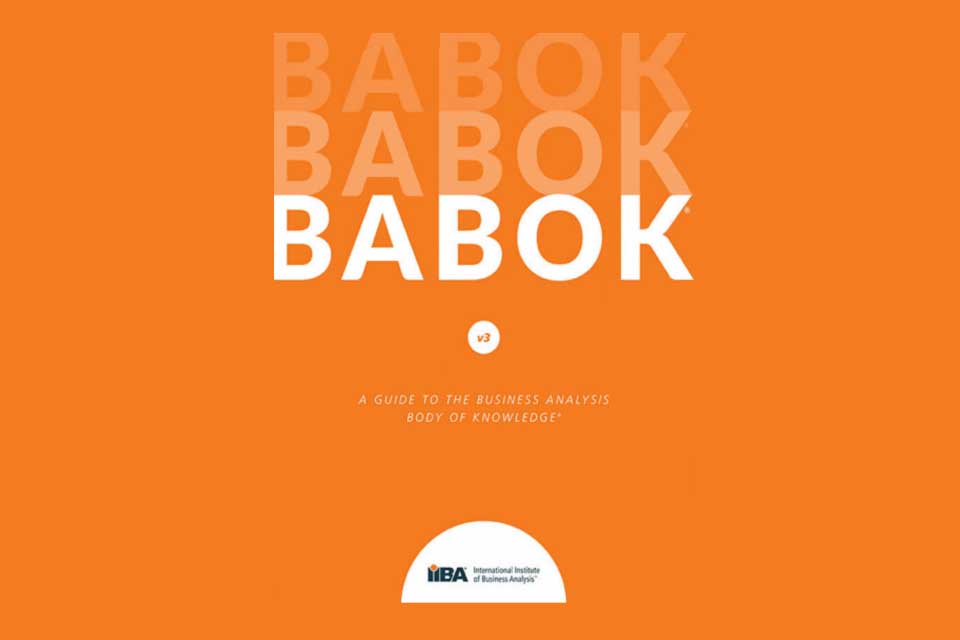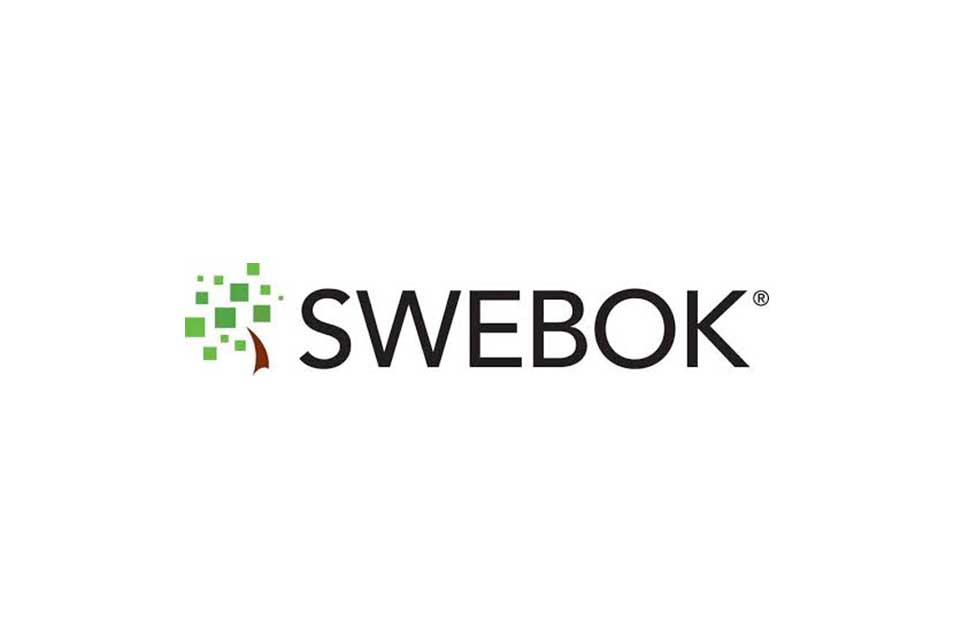What is PMBOK?
Smartpedia: PMBOK stands for Project Management Body of Knowledge, a key resource for project management. The PMBOK Guide is the main access to this knowledge.
MBOK – a US-American knowledge collection for project management
PMBOK stands for Project Management Body of Knowledge. It is a comprehensive collection of knowledge for project management. The PMBOK Guide – abbreviated simply or incorrectly as PMBOK, depending on the interpretation – is the guide to this project management knowledge.
Approximately every four years, the PMBOK Guide is revised by the publisher, the Project Management Institute – PMI for short. [1] The first edition of the Guide was published in 1996, the 6th edition was published in September 2017 and the 7th edition in August 2021. It is interesting to note that the 7th edition does not replace or supersede the 6th edition, but both versions are still valid; especially for future certifications, this may mean a significant additional effort for learners, as the guide serves as a reference for the correctness, appropriateness and relevance of the examination tasks. [2]
The PMBOK Guide is closely associated with the American National Standard Institute (ANSI), which approved the guide as a standard in 1999. It is recognised worldwide as a reference and reference work for project management. The ISO 21500 standard is also based on the PMBOK Guide and the Institute of Electrical and Electronics Engineers has also approved the Guide as a standard (IEEE Std 1490-2003).
The guide is formulated in a sector-neutral manner and is independent of industry and method. In the 7th edition, it primarily addresses internal company, strategic and elaborative projects [3], propagates a systemic view of projects and their environment, and follows the idea that project managers decide individually which professional aspects are best suited for the concrete project.
Contents PMBOK Guide 6th Edition
The 6th edition of the PMBOK Guide contains 756 pages and is divided into 3 parts:
- A Guide to the Project Management Body of Knowledge with an introduction, a contextual view of how projects operate, an examination of the role of the project manager and ten knowledge areas.
- The Standard for Project Management with an introduction and five process groups.
- Appendix with glossary and index.
The following ten areas of knowledge exist:
- integration management
- content and scope management
- time management
- cost management
- quality management
- human resources management
- communications management
- risk management
- procurement management
- stakeholder management
The following five process groups exist:
- initiation
- planning
- execution
- monitoring and control
- closing
The knowledge areas and process groups are linked with a total of 47 processes. The resulting matrix assigns each process to a process group and an area of knowledge.
Contents PMBOK Guide 7th Edition
The 7th Edition of the PMBOK Guide comprises 275 pages and is also divided into 3 parts:
- The Standard for Project Management with an Introduction, a System Description for Value Delivery and 12 Principles.
- A Guide to the Project Management Body of Knowledge with eight performance domains, a tailoring to adapt the project approach for the specific project [4] as well as models, methods and delivery items (the so-called artifacts).
- Appendix with glossary and index.
The following 12 principles exist in the 7th edition:
- stewardship – acting as a benevolent, respectful, caring person
- team – creating a collaborative environment for the project team
- stakeholders – working effectively with all (key) stakeholders
- value – focusing on aspects that create value
- system thinking – thinking in systems and recognising, assessing and responding appropriately to system interactions
- leadership – demonstrating appropriate leadership behaviour
- tailoring – adapting the approach to the project according to the context
- quality – integrating quality into processes and outcomes, with equal emphasis on both
- complexity – with active navigation of complex situations and projects
- risk – with an optimisation of risk responses
- adaptability and resilience – promoting adaptability and resiliency
- change – enabling change to achieve desired future states
There are the following eight performance domains, which focus on outcomes rather than outputs (i.e. outcomes with valuation characteristics vs. quantitative outputs):
- stakeholders – with relationships and interactions
- team – with a focus to high performance
- development approach and life cycle – with an appropriate development approach throughout the life cycle of the deliverables
- planning – in terms of an organised, evolving and coordinating activity
- project work – with the empowerment of the project team to deliver
- delivery – involving the implementation of strategy, the furtherance of business objectives and the achievement of desired results
- measurement – with the measurement of performance
- uncertainty – with the conscious handling of uncertainty and risk management activities [5]
Differences between 6th and 7th edition
Here are some key differences between the 6th and 7th edition of the PMBOK Guide:
| 6th Edition | 7th Edition | |
| Focus | Inputs, tools and techniques, outputs | Principles as guidelines for thoughts and actions, mindset, behaviours |
| Approach | knowledge areas, process groups and processes | Framework thinking and (internal) customer focus, principles, tailoring, outcomes, performance domains |
| Tailoring | Adaptation to concrete project without precise instructions | Specific guidance for adaptation to a concrete project |
| Target audience | Project manager or project leader | Project participants with a leading function, e.g. project management, product owner, project sponsor |
Impulse to discuss
The PMBOK Guide claims to be suitable for all projects. Do you think so too?
Notes:
[1] The 7th Edition has been jointly written, reviewed and edited by several 100 professionals worldwide. PMI members receive the PMBOK Guide free of charge.
[2] The PMP (Project Management Professional) certification is not based on the PMBOK Guide, but on the so-called PMP Examination Content Outline. 6th and 7th Edition and the Agile Practice Guide are “merely” references.
[3] Special suitability, e.g. for contractor projects in which external service providers are commissioned, is not recognisable in the 7th edition. The frequently used term “customer” is understood to mean “internal customer”.
[4] Tailoring is a technique that is also common in the V-Modell XT, but requires concrete tool support there.
[5] The PMBOK Guide considers risk management as a tool for dealing with uncertainty; uncertainty research sees it differently.
Here you will find a German Video about PMBOK Guide 7th Edition of TPG with Oliver F. Lehmann.
If you like the article or would like to discuss it, please feel free to share it in your network. And if you have any comments, please do not hesitate to send us a message.
Here you will find additional information from our Smartpedia section:


